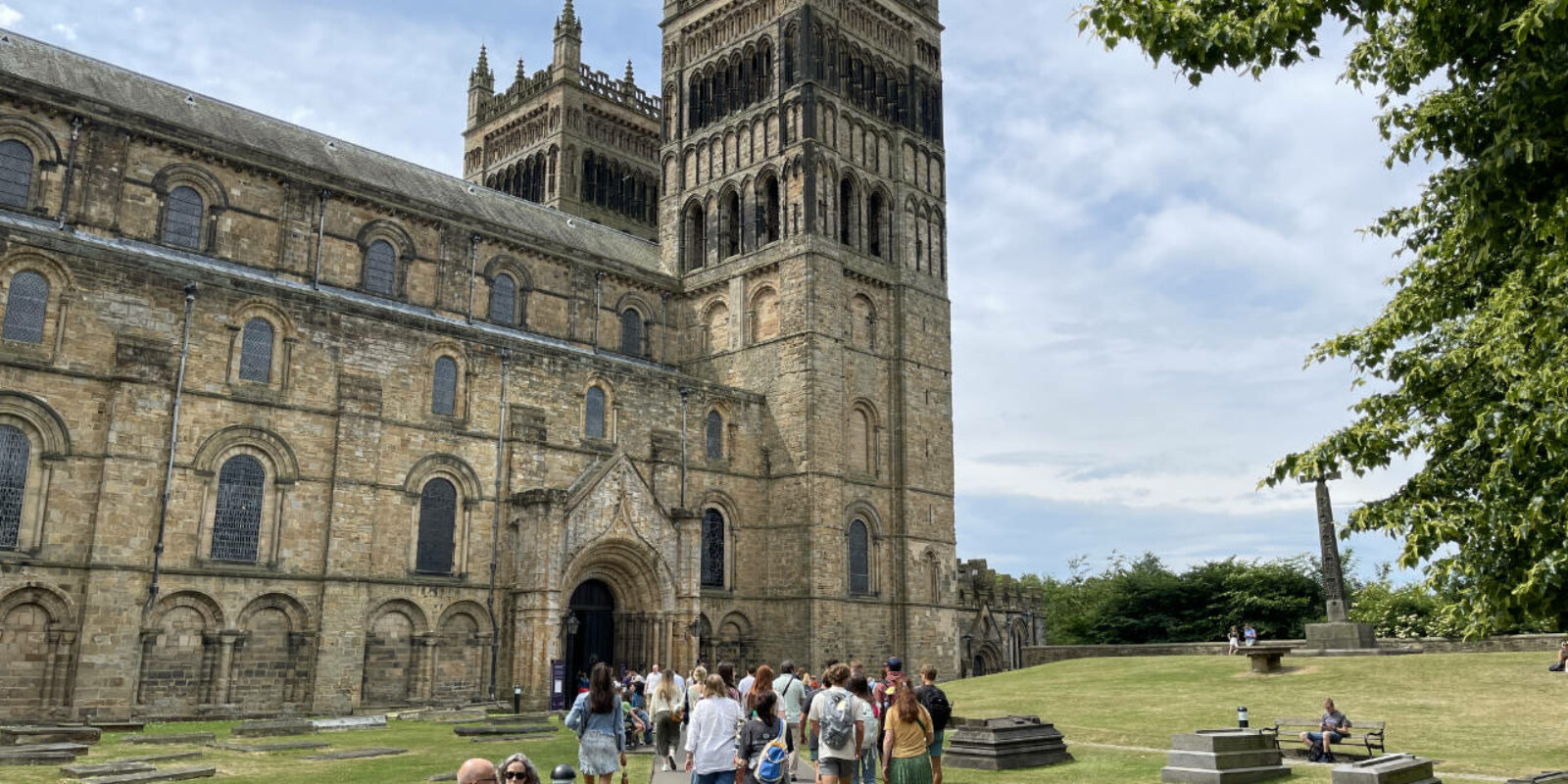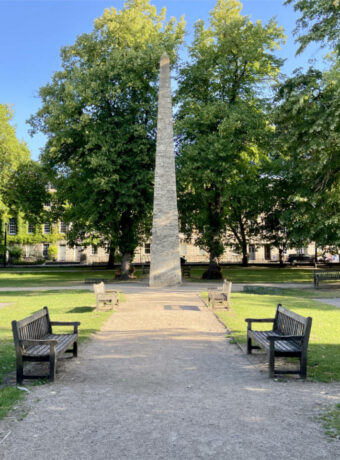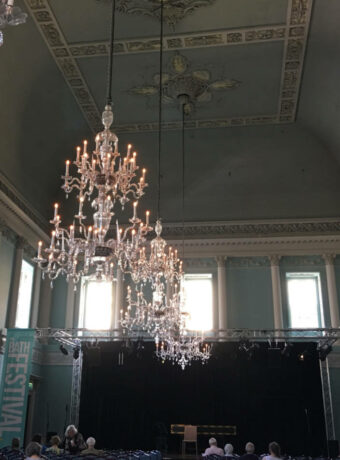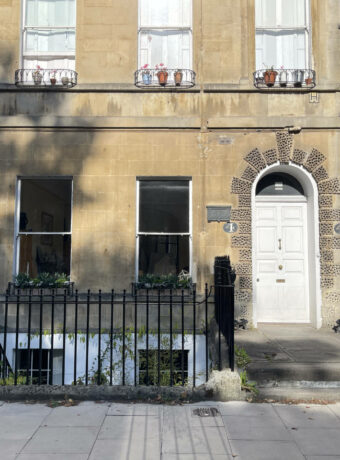All photos and images are copyright protected. Digital images and prints are available for purchase, please use the contact page or leave us a message below. All rights reserved
The Sanctuary Knocker at Durham Cathedral located on the North Door to the Cathedral. It is a centuries old knocker that takes its name from the fact that in the Middle Ages, people who had committed a great offence could touch the knocker and be granted sanctuary for 37 days.
During the 37 days period, the person had to choose between trial and voluntary exile. The knocker itself looks sinister with the face of a monster. It is said that the hideousness of the monster’s features would ward off evil from the place of sanctuary at Durham Cathedral.

The Sanctuary Knocker at Durham Cathedral, located in the city of Durham, England, is believed to date back to the 12th century. The exact year of its installation is not known, but it is thought to have been in place by the late 12th century when the cathedral was undergoing significant expansion and reconstruction.
Photos of the Sanctuary Knocker
The knocker itself is made of iron and is fashioned in the shape of a beast’s head, possibly a lion or a dragon, with a prominent ring through its mouth. The choice of an animal shape for the knocker was likely intentional, as animals were frequently used in medieval art and symbolism to represent various virtues and vices.



Note: that this is a replica of the original 12th century bronze knocker. The original knocker is on display in Open Treasure, the Cathedral’s museum.
History of the Durham Cathedral’s Sanctuary Knocker
The Sanctuary Knocker at Durham Cathedral is an ancient and iconic artifact that holds a rich and fascinating history. The knocker, also known as the Sanctuary Ring or Sanctuary Bell, was an essential symbol of sanctuary and protection for fugitives seeking refuge within the sacred walls of the cathedral. The practice of sanctuary was a significant aspect of medieval law and offered a safe haven for those fleeing justice or seeking respite from persecution.
Medieval Immunity
The concept of sanctuary can be traced back to ancient times, but it gained prominence in medieval Europe during the 10th and 11th centuries. In England, churches and cathedrals became recognized as places of refuge, and individuals who sought sanctuary would be granted immunity from arrest or punishment for a limited period. During this time, the accused could either attempt to prove their innocence or negotiate a settlement with their accusers.
How Does It Work?
To claim sanctuary, a fugitive would approach the cathedral and strike the knocker to announce their presence and seek refuge. Once the knocker was sounded, the clergy of the cathedral would be obligated to offer the individual protection and ensure they were not forcibly removed from the sanctuary for a specified period, often lasting 37 days. This gave the accused time to either prepare their defense, negotiate with their accusers, or, in some cases, escape to a different location under the cathedral’s protection.
What Are The Caveats?
The right of sanctuary was not without its limitations and complexities. Not everyone was entitled to claim sanctuary, and there were instances where individuals who committed particularly heinous crimes could be denied this privilege. Additionally, there were cases where the claimant would be required to leave the country once their period of sanctuary expired, or they would face the consequences of their alleged actions.
When did it stop?
Over time, the practice of sanctuary began to lose its significance, and by the 17th century, the concept had largely fallen out of use in England. The Sanctuary Knocker at Durham Cathedral, however, survived as a historical relic and a reminder of an era when the church played a vital role in the administration of justice and the protection of the vulnerable.
Today, the Sanctuary Knocker continues to be an intriguing and evocative symbol of Durham Cathedral’s medieval past. It serves as a tangible connection to the complex and sometimes mysterious customs that shaped society during that time, and it remains an important part of the cathedral’s heritage, attracting visitors from around the world who seek to learn more about this ancient tradition of sanctuary.
Location Details
Address: Durham Cathedral, Durham DH1 3EH
Contact: 01913387178
Web: durhamcathedral.co.uk









